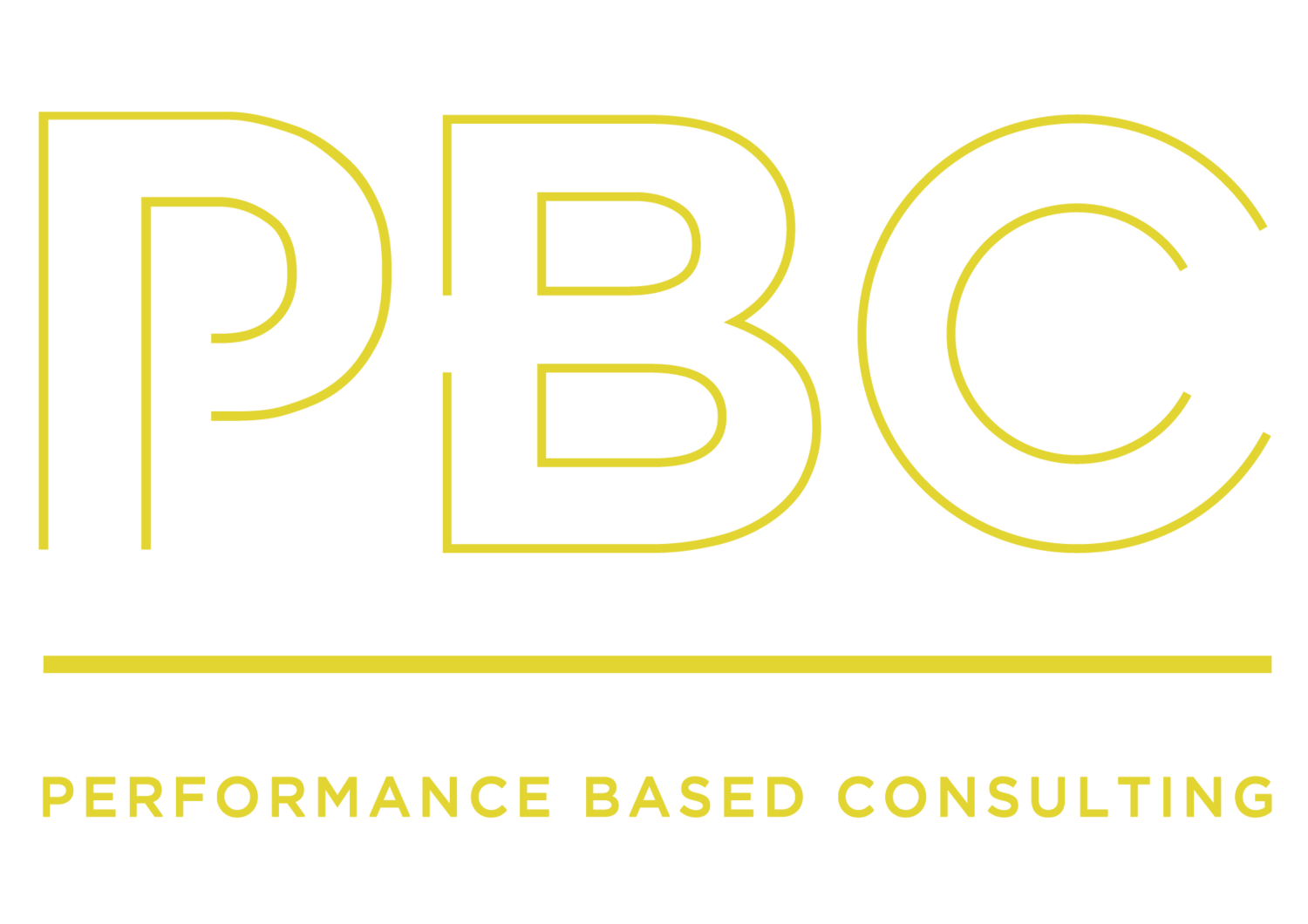They say that if you can keep a potted plant alive you can nurture almost anything. When it comes to sustainable businesses, most want to see their indoor plants grow as much as their people do. When we come together at work a significant difference can be made. There are lots of ways to do this and even a small office can become more environmentally-friendly without making massive changes. Here’s seven ways you can get "green".
Carpool not Deadpool: How to reduce carbon emissions
Engineers and the construction industry tend to be known as rather competitive and scientific types, so why not hold a carpool emissions reduction competition with a business partner? After all, mums and dads have been running the school carpool for generations and they can’t be wrong! Plus, it’s a great start to your day. Why not make one of you designated coffee person and the other on baked goods duty? And, if you don’t have a car, why not cycle in together? it’s good for the planet and good for your body. You don’t have to do this every day - just once a week can make a significant impact on our carbon footprint.
Coffee? Tea?
If your office has a coffee machine or buys freeze-dried coffee or tea, it's best to opt for free-trade and organic. The process of making the coffee and tea involves plenty of steps that do damage to the environment. But when you buy fair trade, organic coffee and tea its processed with least damage to the environment, plus its tastier too. Fair trade coffee/tea are made with respect to people and planet. Fair Trade CertifiedTH products meet environmental and workplace standards such as providing fair wages for workers and restricting the chemicals used on crops that are harmful on the environment.
I can see clearly now
Let the natural sunlight in. Not only will it save on your lighting and heating bill, it has bigger benefits for all your people too. Exposure to natural light during the day will set their circadian rhythms (that's our biological clock which is modulated by external cues such as the temperature and sunlight) People get exposure to natural light during the day will sleep for an extra 43 minutes per night and the quality of the sleep will be better too.
Go paperless or reduce your paper wastage
If you're not game enough to go completely paperless, set the office up for a black and white and double-sided printing default protocol. The likelihood for actually needing to print much of anything is very limited. The general rule is that if a document requires a hard signature or needs to be filed then its worthy of print. Otherwise, keep it in the cloud!
Reduce, reuse and recycle
It’s not just paper that can be recycled. If your office uses coffee pods, containers of condiments and spreads they can be recycled to as well as milk bottles and empty tissue boxes. Not to mention old and broken hardware, printer ink cartridges, and batteries.
Turn off the heat, bring in your woollens
Don’t go crazy with the air conditioning. Twenty-one degrees might be a prefect temperature if you are a man (who tend to run hotter than women) or/and if you wear a 3-piece suit and a tie - hardly standard business attire these days anyway. But by keeping your office temperate, your people will be more comfortable to leave their cardigans at home and you’ll be saving the planet and your power bill.
Be green when you clean
Switch over to "green" cleaning products. You don’t have to be a crunchy hippy who uses vinegar and bicarb to clean everything, but even a small change can make a massive difference. Go for a biodegradable when you can. Likewise opt for a cleaning company that uses sustainable products.
You’re such a turn-off
"Turn the lights off as you leave." Sounds simple huh? But why stop there? Switch off as much hardware as you can at the switch, kettles, toasters, sandwich presses, coffee machines, phone chargers, desk fans, to save extra dollars and environmental impact.
This list is in no way complete but it’s a great start to a more sustainable way of working.
It's up to all of us to take the opportunity to look around the office and ask how we can be kinder to the planet.
What’s your sustainability short-cuts? We’d love to know!
















